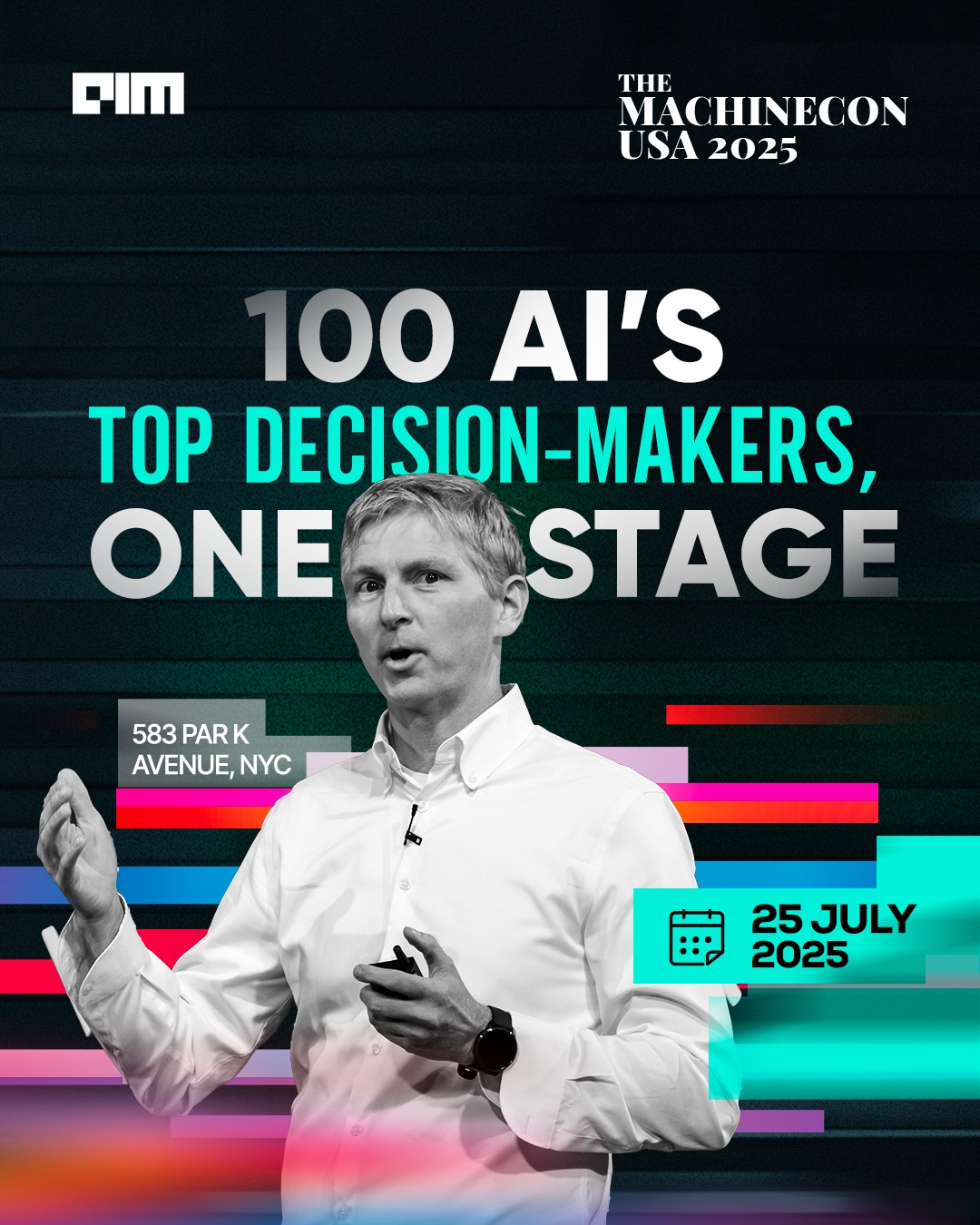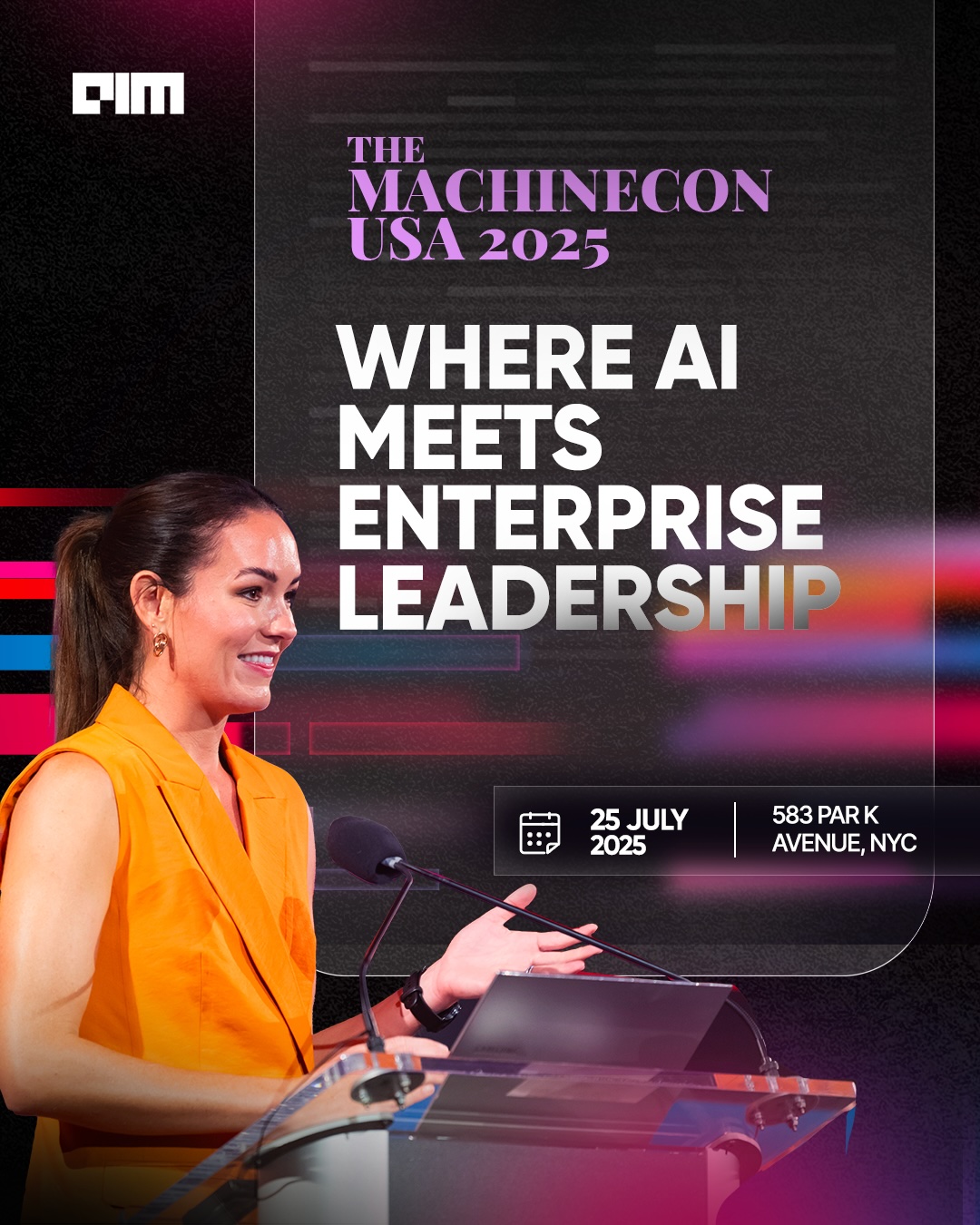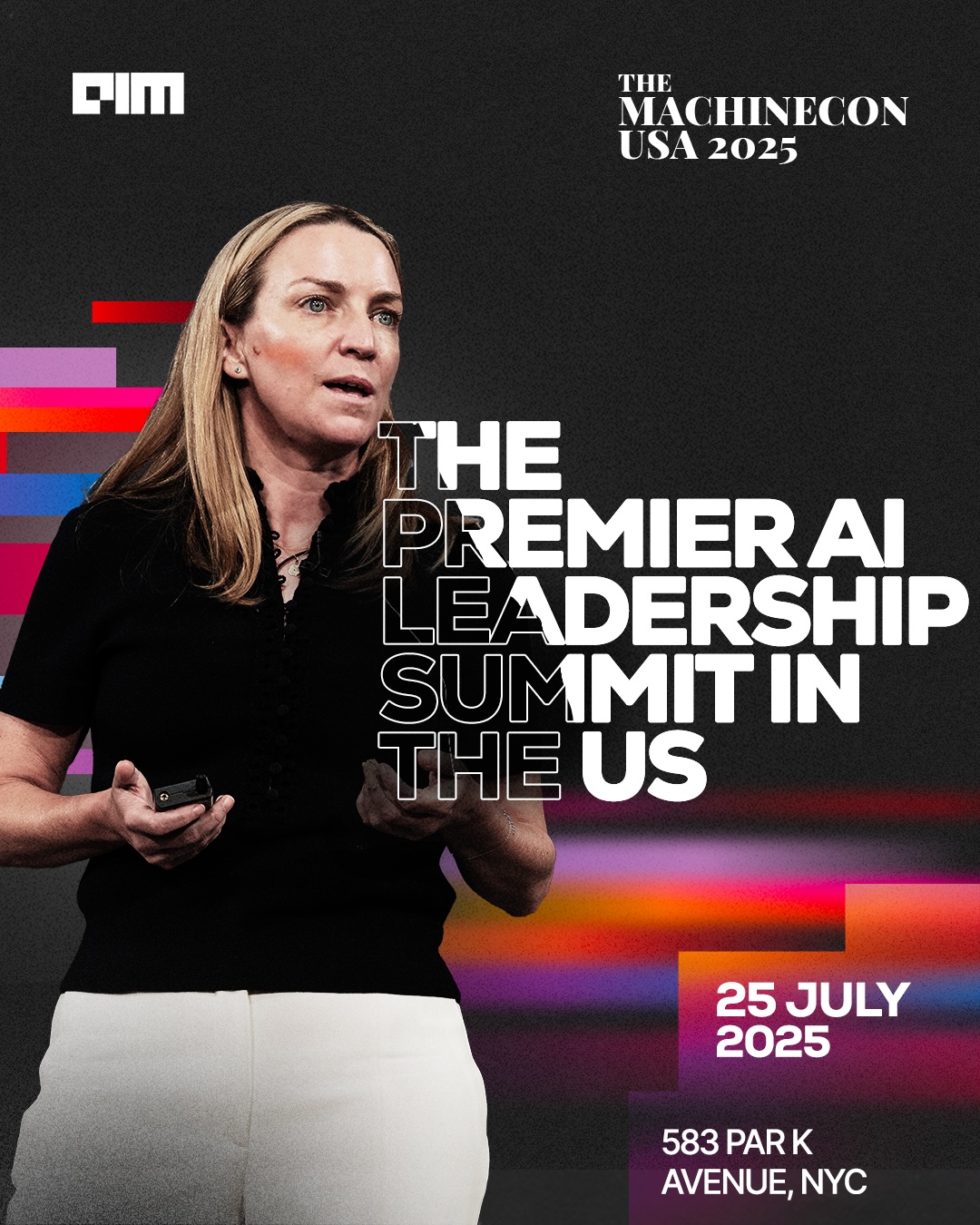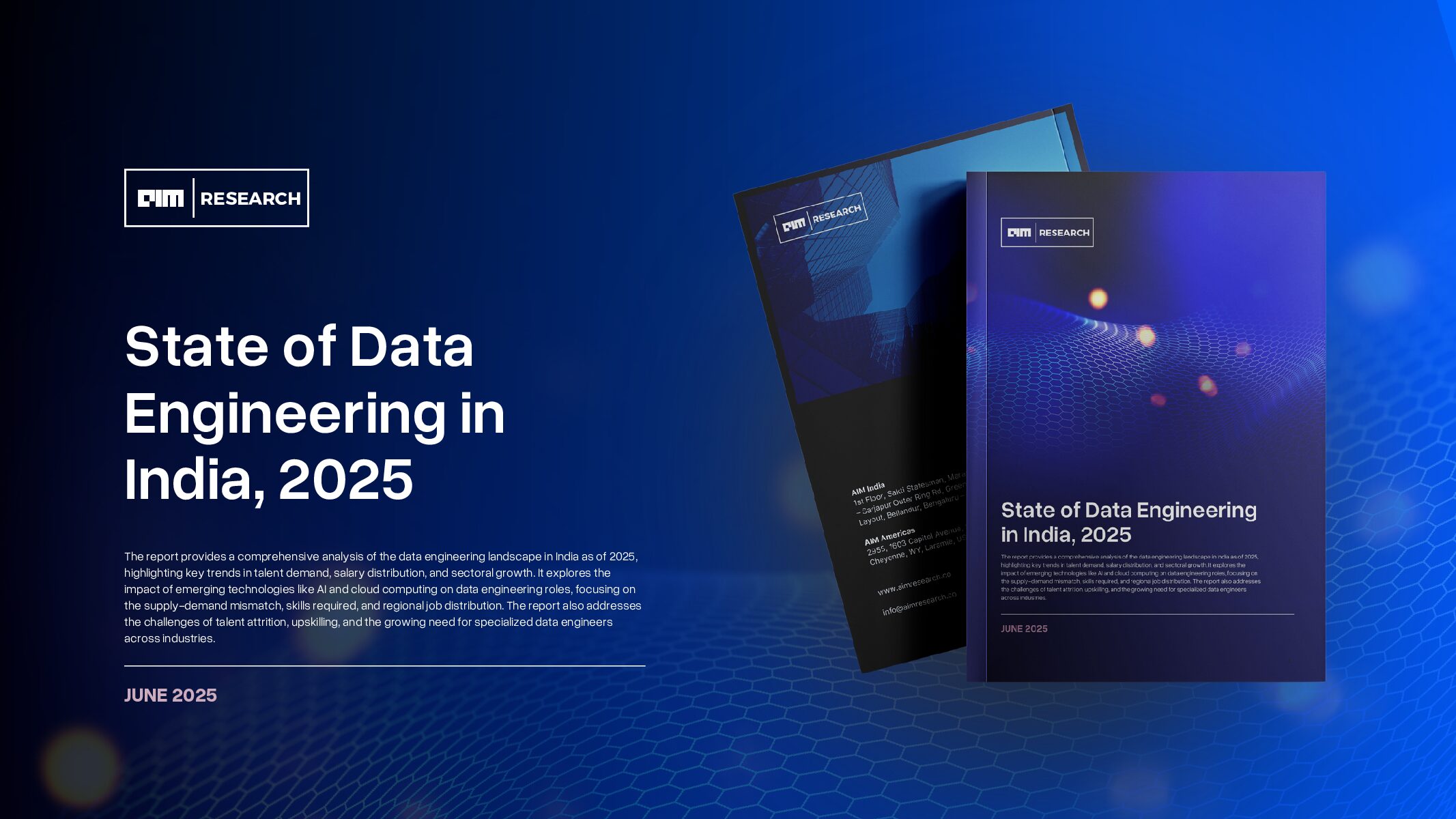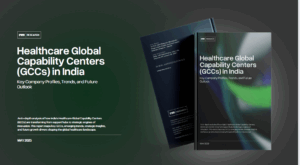AIM Research organized an exclusive networking event in San Francisco, the CDO Vision San Francisco, which brought together industry experts and prominent Chief Data Officers (CDOs). This highly anticipated event provided a platform for stimulating discussions over an intimate luncheon in the heart of the city, where attendees exchanged insights on critical business issues.
A highlight of the event was a panel discussion titled “Making for Generative AI – Business Alignment, Talent & Governance,” with leaders: Sudeep Das, Head of Machine Learning/AI – New Business Verticals at DoorDash, Srini Tanikella, CIO / Vice President, Information Technology at SGH, Datta Junnarkar, Chief Information Officer – Maritime at Boeing, Josh Rubin, Principal AI Scientist, Leadership Team at Fiddler AI at Fiddler and Raghu Banda, Sr. Director, AI Product Management at SAP Labs at SAP.
This session delved into the challenges organizations face as generative AI technologies rapidly evolve. As these advanced capabilities emerge, companies across various sectors are striving to harness their potential effectively while navigating complexities and ensuring responsible adoption. A diverse panel of experts convened to share their strategies for maximizing the return on investment (ROI) from generative AI initiatives.
Measuring Real-World Impact
Rather than getting caught up in the hype cycle, successful organizations are taking a pragmatic, use case-driven approach to deploying generative AI. They start by conducting an audit of existing workflows and processes to pinpoint repetitive, low complexity tasks that can be automated or augmented with AI assistance. Key areas of focus include customer service inquiries, documentation workflows, data labeling, and other high-volume activities currently handled manually.
By first tackling these well-scoped opportunities, companies can realize tangible efficiency gains and cost savings in the near-term. Comprehensive measurement allows them to calculate concrete ROI metrics that can then inform a broader roadmap and budget for generative AI adoption. This incremental, phased approach builds organizational buy-in and capabilities before attempting more transformational deployments.
Balancing Short and Long-Term Priorities
While quick wins are important for demonstrating initial value, companies must be careful not to overlook long-term strategic priorities. Establishing a balanced AI strategy that encompasses rapid proofs-of-concept, mid-term transformation plays, and future-focused innovation best positions an enterprise for sustainable competitive advantage.
On the rapid deployment front, leaders are gravitating toward low investment solutions that can be quickly operationalized through off-the-shelf platforms or minor customizations. Examples include using generative AI for automated note-taking, timesheet entries, and other administrative tasks.
For more transformative opportunities, companies are exploring the development of custom large language models that can ingest and distill proprietary data sources. Potential high-impact use cases include accelerating contract review cycles, improving talent retention through better internal mobility matching, and extracting insights from dense technical documentation and manuals.
However, the pace of technological progress necessitates a flexible approach. By prioritizing key workflows and investing in robust data pipelines, enterprises can future-proof their AI infrastructure while still capitalizing on current capabilities. Dedicating resources to continuous exploration of emerging AI models and frameworks helps future proof investments.
Bridging the Talent and Process Divide
Implementing generative AI successfully requires more than just cutting-edge models and compute power. It necessitates updates to personnel, policies, infrastructure, and ways of working. Too often, companies make the mistake of deploying AI solutions in an institutional vacuum, resulting in fragmented governance practices, technological redundancies, and organizational misalignment.
A comprehensive generative AI strategy must account for workforce transformation – from hiring and training employees on prompt engineering best practices to establishing creative AI roles that combine technical and non-technical competencies. Companies will need to cultivate multidisciplinary teams capable of responsibly developing, deploying, and maintaining AI solutions aligned with business objectives.
There are also process implications around developing robust data strategies, validating AI outputs, mitigating risks like hallucinations or encoding harmful biases, and implementing proper controls. Using simpler generative AI use cases as a starting point allows organizations to establish scalable governance muscles before graduating to higher-stakes, customer-facing applications.
Mitigating Risks in the Generative AI Governance Frontier
As generative AI capabilities rapidly advance, companies must stay vigilant in navigating an increasingly complex web of regulations around the development and deployment of these powerful technologies. Government oversight is quickly evolving to keep pace with the breakneck progress in areas like large language models and multimodal AI systems.
For enterprises, a critical challenge lies in keeping abreast of new AI regulations across different geographic regions and understanding the nuanced compliance requirements for using generative AI with sensitive data types like customer information or proprietary intellectual property. Robust data governance and ethical AI practices must be implemented to meet these emerging regulatory standards.
There are also significant risks and potential liabilities to assess related to the misuse, encoding of harmful biases, or patently incorrect outputs from generative AI systems. Having processes in place to validate outputs and align with industry-specific guidelines or sector-based regulations for AI will be essential for responsible adoption.
Rather than being passive observers, forward-looking organizations are proactively shaping AI governance by actively participating in standards-setting bodies. This allows them to have a voice in developing pragmatic frameworks that enable innovation while prioritizing safeguards.
As the generative AI wave continues to swell, regulatory landscapes will continue shifting underfoot. Enterprises able to nimbly adapt their AI strategies to meet these evolving compliance obligations will be best positioned to capitalize on transformative AI capabilities while mitigating legal and reputational risks. Complacency in this domain opens the door to crippling liabilities.
The Path Forward
There’s no denying the immense potential generative AI holds for enterprises. By intelligently automating workflows, distilling complex information, and augmenting human capabilities, these technologies promise to unlock new frontiers of operational efficiency, innovation, and competitive advantage.











